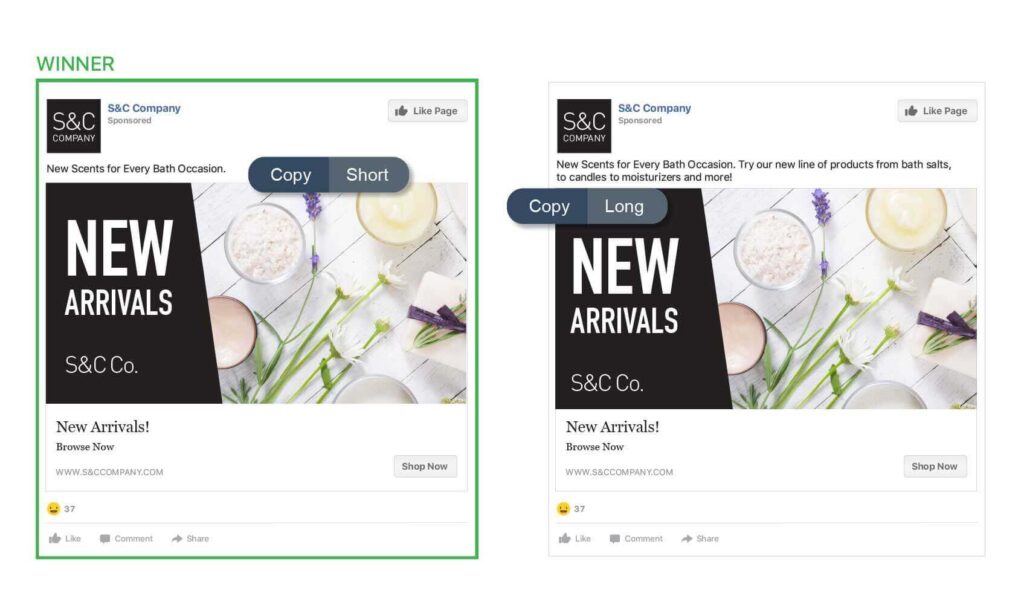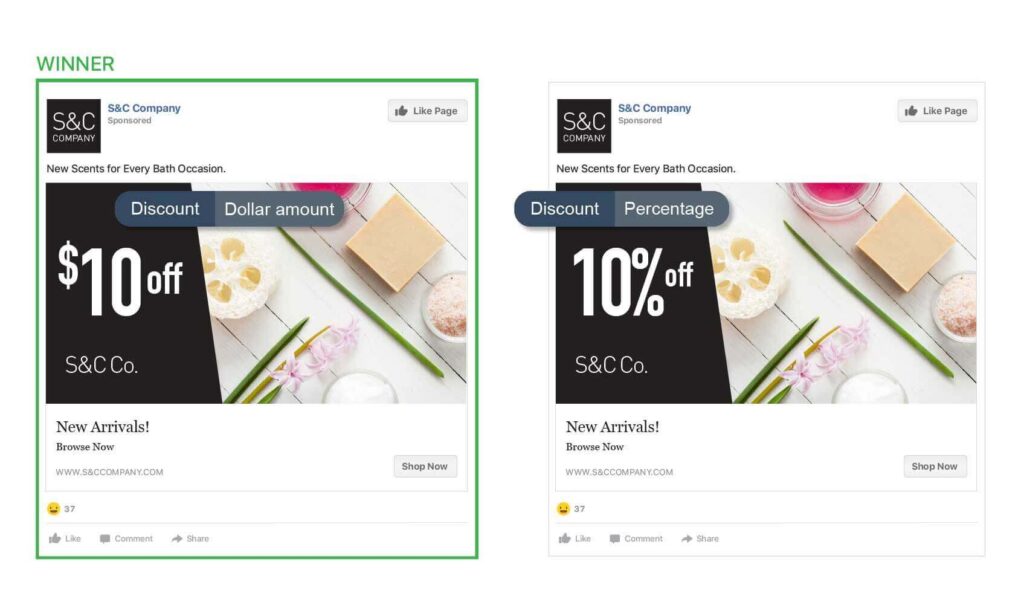Lessons From Running $1M in Retail Facebook and Instagram Campaigns

When I worked at an advertising agency, I was involved in countless discussions over which colour, background, setting or creative concept we should pick for a big campaign or even a single Facebook post. Ultimately, we always went with the creative that the most senior person in the room liked best.
But it doesn’t have to work that way. There is a way to let data, not opinion, drive these decisions.
Our way of doing this, and helping clients do this, is called Intelligence Tags, or Intel Tags for short. Intel Tags help you understand which visual cues, such as image background, setting or colour, resonate best with your audience.
Recently, we used Intel Tags to help a major retailer running conversion campaigns uncover insights to inform its future creative strategy.
Let’s take a look at what this advertiser found.
Creative with design treatment works better than studio photography
 Ads with additional design treatment delivered 26% higher return on ad spend than ads with photographed and staged creative.
Ads with additional design treatment delivered 26% higher return on ad spend than ads with photographed and staged creative.
With ad copy, shorter is better
 Ads with shorter copy delivered 12% higher return on ad spend than ads with longer copy.
Ads with shorter copy delivered 12% higher return on ad spend than ads with longer copy.
Images with one product type outperform images with multiple product types
 Ads with products from a single category delivered 42% higher return on ad spend than ads with products from multiple categories.
Ads with products from a single category delivered 42% higher return on ad spend than ads with products from multiple categories.
Discounts stated in dollars work better than those stated in percentages
- Ads with “X dollars off” delivered 28% higher return on ad spend than ads with “X percent off”
- Single price offers delivered 25% higher return on ad spend than ads with a combination of offers
Ad creatives with text overlay perform better than creative without text overlay
 Creative with text overlay had a 16% higher return on ad spend than creative without text overlay.
Creative with text overlay had a 16% higher return on ad spend than creative without text overlay.
Getting truly data-driven
Using these individual learnings from Intel Tags data helped this advertiser learn that its target audience, primarily busy female shoppers, responds better to ads that appear ad-like and straight-to-the-point with the overall value.
So the next time you find yourself in a debate over what creative works best, ask yourself how you can structure a test to determine what actually resonates rather than just going with your gut.
To find out more about leveraging Intel Tags for your next paid social campaign, click here.
**Special thanks to AdParlor superstars Jeremy Vincent, Sunny Yuen and Matt Preven who helped put together the insights for this post.
